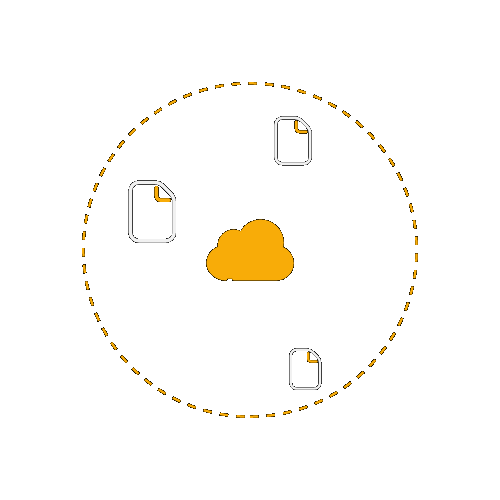ERP System Consulting & Advice
If you have decided that SAP Business One is the right ERP solution for your business, the next step is to determine where it will be deployed. A leading ERP system, like SAP Business One, can be deployed either on-premise or in the cloud, to integrate business functions across your organization. The decision as to which approach is best for your business should be determined by reviewing your business needs.

In a cloud system, the IT infrastructure management application is deployed through the internet. A cloud system is easily customisable and can integrate with the on-premise platform, meaning it can include all variants of this approach – Public (Multitenant Cloud Hosting), Private (dedicated cloud hosting). In many instances, the sensitivity and value of the data will often dictate the variant you should use.
Private – A dedicated cloud hosting solution means that your business owns the platform and its resources are not shared.
Public – This method of delivery differs from the dedicated solution in that the architecture used is shared between multiple users and businesses.
Middle size companies who look for a light and flexible database platform to scale while growing should consider On-cloud edition for their businesses.
On-cloud edition is the best option for companies that require a high-performance offer that covers their core business strategies, but at the same time provides greater agility, flexibility and faster upgrades cycle (quarterly rather than annually).
For both SAP and non-SAP systems, each implementation approach will require a different level of maintenance and support for your internal IT infrastructure. Businesses are usually only responsible for having the appropriate broadband, external internet connection, individual pieces or laptops, and mobile devices. With a cloud-based ERP solution, business applications are hosted and run externally, in an easy to scale and fully SAP certified environment.


On-premise edition has a traditional licensing, which means a preliminary purchase with annual maintenance. The license fee allows the company to own the software and reduces the current maintenance fee. But the cost of the upgrade will be high. The cloud edition has a subscription license, which means that one predictable monthly payment covers everything from infrastructure to system upgrades. Your team has to plan, test and control all system upgrades which happen yearly. All changes are under the organization’s control, while the cloud edition automatically upgrades the software quarterly without customer’s participation. On-premise edition is suited for any industry enterprises which require a full range of features consolidated with highly flexible customization. This edition is perfect for large enterprises with very well-proven business processes. For large, well-known enterprises, the on-premise platform fits the most. The system located on the company’s server provides opportunities for more effective monitoring and configuration than cloud edition.
Multi-tenancy is an architecture in which a single instance of a software application serves multiple customers. Each customer is called a tenant. Single-tenant SaaS means that each customer has its own, independent instance of a software stack which is not shared with other customers – as opposed to multi-tenant SaaS where one instance of a software stack serves multiple customers. We create tenant databases after installation if no initial tenant was created, after conversion from a single-container system to a multiple-container system, or anytime a new database is needed.
A user who is assigned to a tenant for a cloud platform provider (T0) can access objects that are assigned to a tenant assigned to a cloud platform user (T1). This is necessary because otherwise the platform provider would not be able to keep the platform services up and running.


Also, it is a privilege of a T0 user to perform any kind of cross-tenant accesses. In other words, to perform cross-tenant activities, the object type in question must be prepared for allowing cross-tenant access the user must be assigned to a tenant for a cloud platform provider (T0).
A user who is assigned to a tenant for a cloud platform consumer (T1) can only access objects that are assigned to this particular tenant. There is no way for such a user to access objects that belong to other tenants. This is necessary for reasons of data protection.

